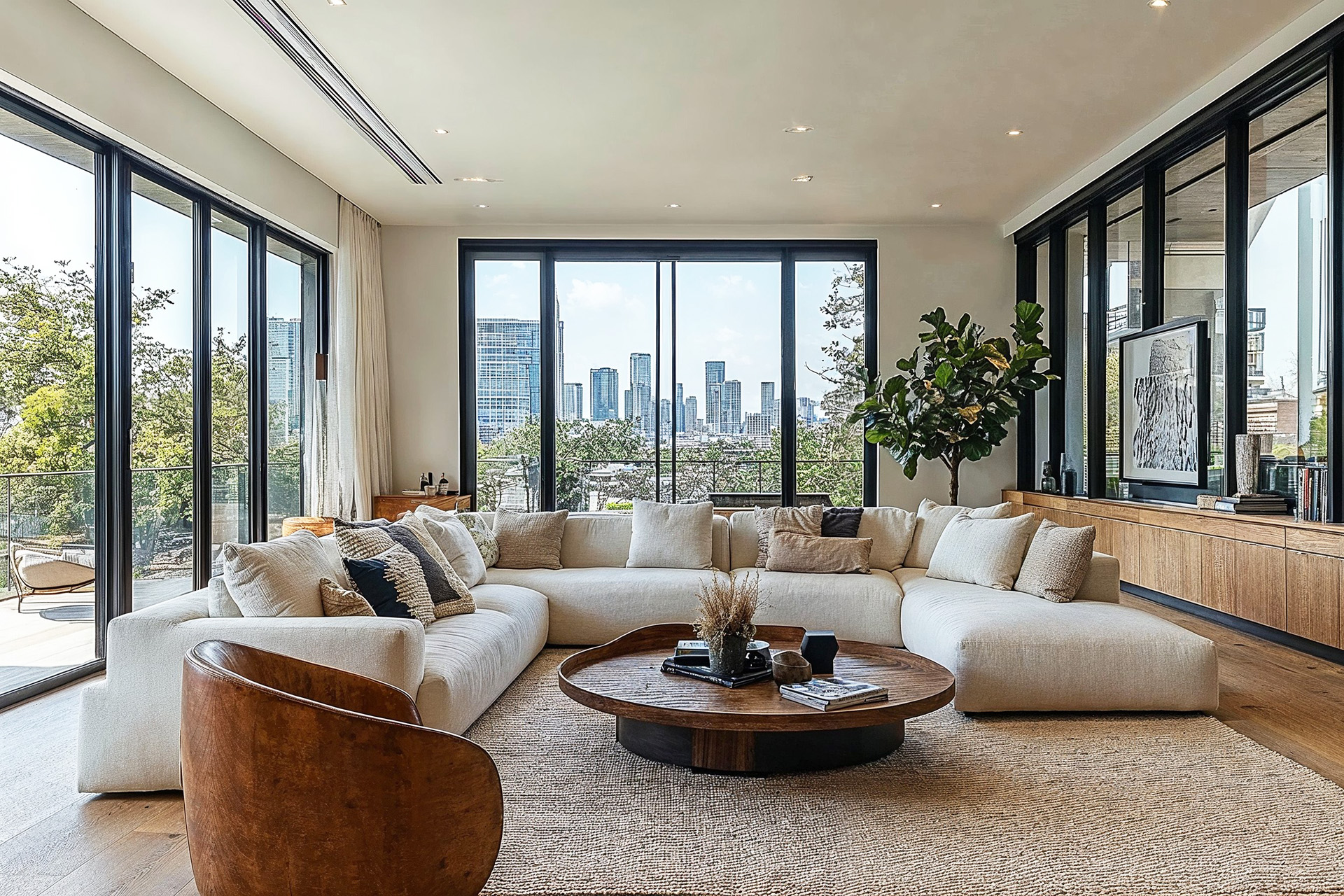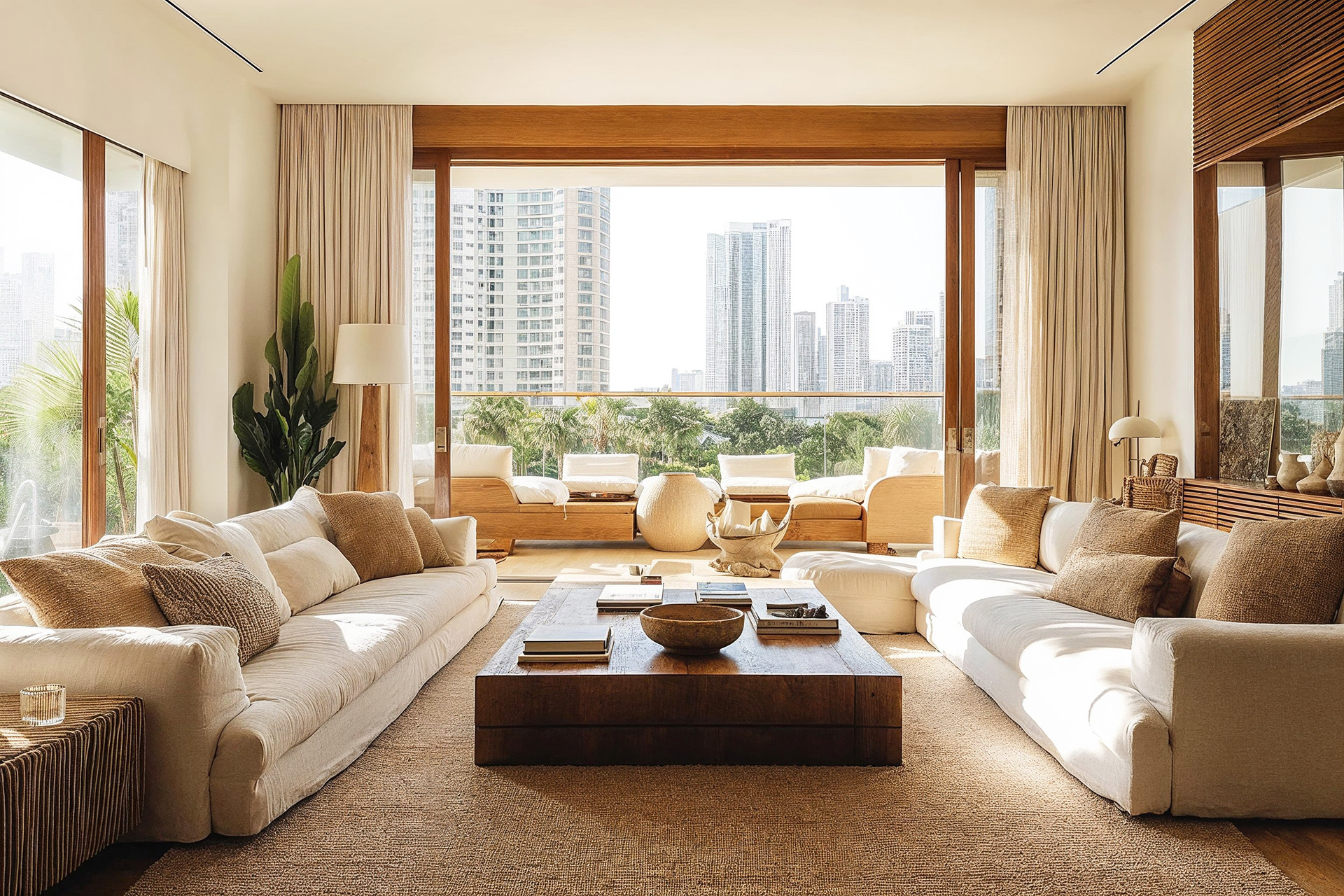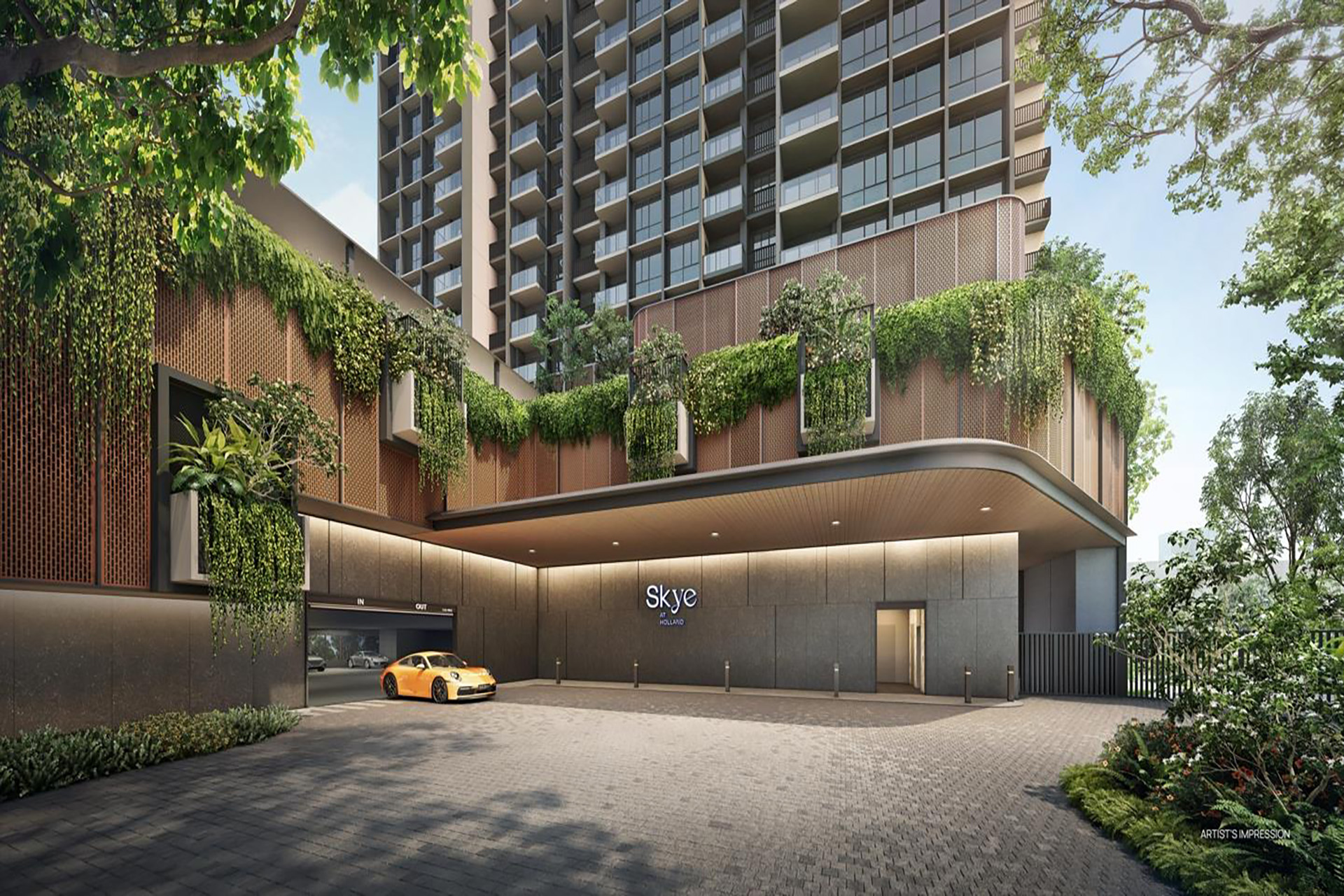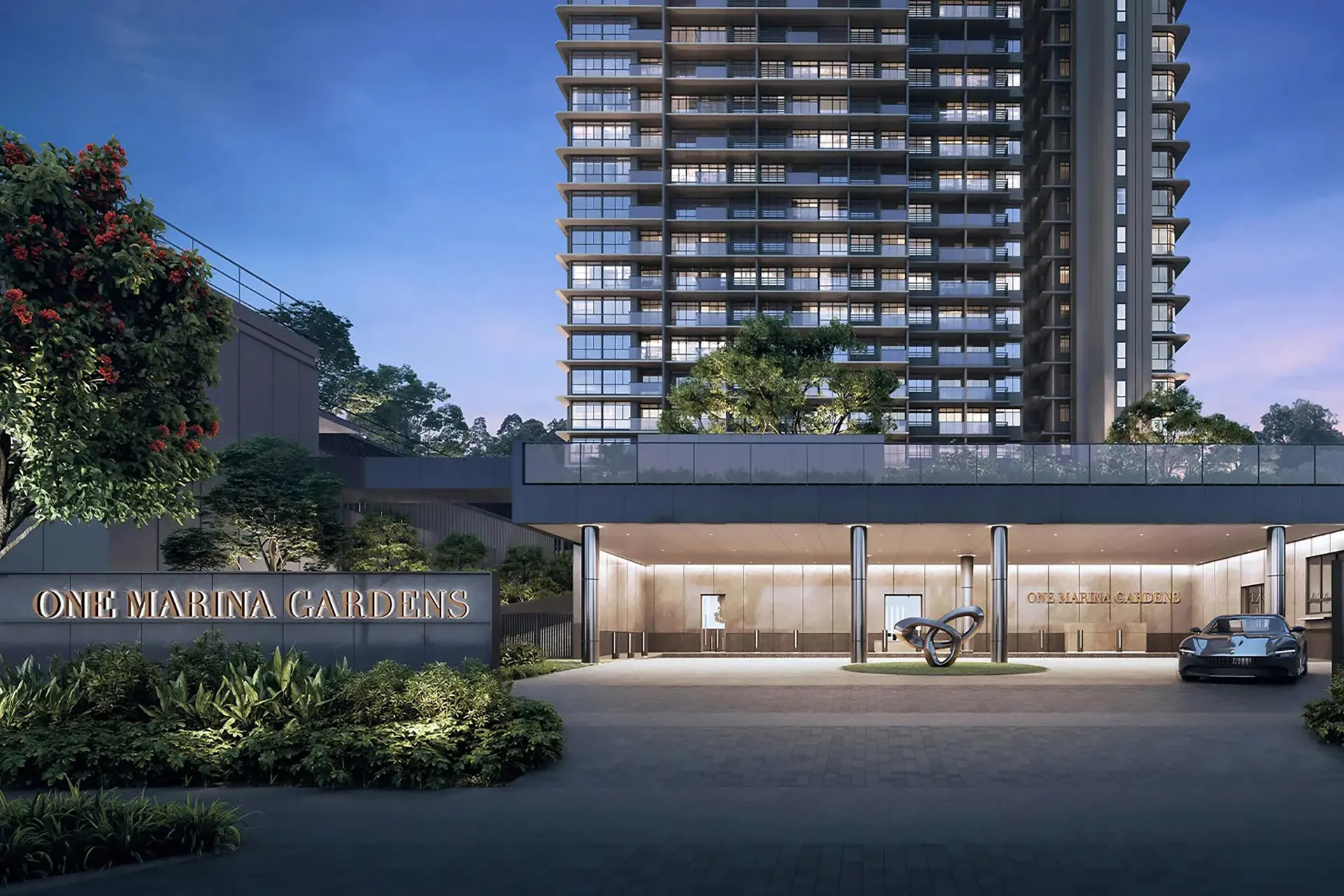|
Getting your Trinity Audio player ready...
|
Rental Yield Calculator
How To Calculate Rental Yield
If you’re looking to get a return on your property investment, using our rental yield calculator for Singapore is key. It measures the amount of income a property is expected to generate relative to its purchase price and ongoing expenses. To calculate the yield on a rental property, divide the annual rental income by the property’s purchase price and then multiply by 100. For example, if a property costs S$1 million and generates S$36,000 in rent annually, the gross yield would be 3.6%.
However, gross rental yield doesn’t account for expenses. To gain a clearer picture, investors use the net rental yield in Singapore, which takes into account costs such as mortgage interest, property taxes, insurance, maintenance fees, and agent commissions. This typically results in a figure 1.5% to 2% lower than the gross yield, depending on the property’s specifics and financing terms, making it vital to remember for any rental yield calculator formula.
Understanding both gross and net yields is crucial for making informed decisions, particularly in a market like Singapore, where costs can vary widely between districts and property types.

Singapore’s Private Residential Rental Market Trends
According to URA flash estimates, Singapore’s private residential rental market saw a modest uptick in the first quarter of 2025, after a 60% increase over the previous 3 years, signalling renewed stability following a flat performance at the end of 2024. Overall rentals rose by 0.4% in Q1, buoyed by both landed and non-landed segments, albeit at differing paces.
Landed property rentals, which had declined by 1.8% in the previous quarter, edged up by 0.3%, suggesting a cautious rebound in demand for larger standalone homes. Meanwhile, non-landed properties fared slightly better, with rentals rising by 0.5%, an improvement on the 0.2% increase recorded in Q4 2024.
These rates for non-landed rentals also vary by region. In the Core Central Region (CCR), rentals increased by 0.4%, marking a slowdown from the 0.9% gain in the previous quarter. The Rest of Central Region (RCR) also posted a 0.4% increase, up slightly from 0.3%. At the same time, the Outside Central Region (OCR) experienced the most notable recovery, with rentals there increasing by 0.7%, reversing a 0.8% decline in the preceding quarter.
This shift shows the ongoing resilience in the rental market, particularly in city-fringe and suburban areas where affordability and accessibility continue to drive tenant interest. While growth remains modest overall, the data suggests that demand for rental homes, especially in the OCR, is firming up as the market adjusts to recent cooling measures and economic uncertainty.

Good Rental Yields
A strong rental yield in Singapore typically ranges from 3% to 5%. However, in prime areas within the Core Central Region (CCR), returns are generally more modest, ranging from 2.7% to 3.0%. In fact, yields above 4% are often considered favourable, particularly in these high-value districts.
As of Q2 2025, the average gross rental yield across Singapore stands at 3.29%, slightly down from 3.40% in Q4 2024. Here are the average yields for Singapore’s prime districts:
| District | Avg Rental Yield (%) |
| 01 | 3.90 |
| 02 | 4.07 |
| 04 | 3.47 |
| 06 | 2.86 |
| 07 | 3.82 |
| 09 | 3.05 |
| 10 | 2.77 |
| 11 | 2.96 |
| 15 | 3.01 |
Source: SGPropertyData.com
It’s worth noting that the gross yield doesn’t account for costs such as mortgage repayments, property taxes and maintenance. Once these factors are taken into account, net yields typically decrease by 1.5 to 2% points.
Yields also vary depending on the property type and size. Smaller units often command more substantial returns due to lower entry prices and their popularity among younger tenants seeking central locations.





